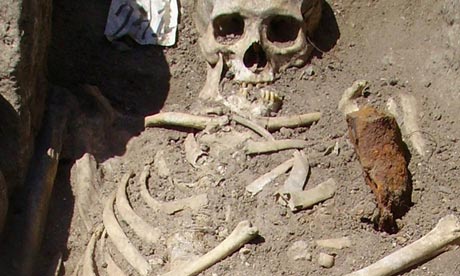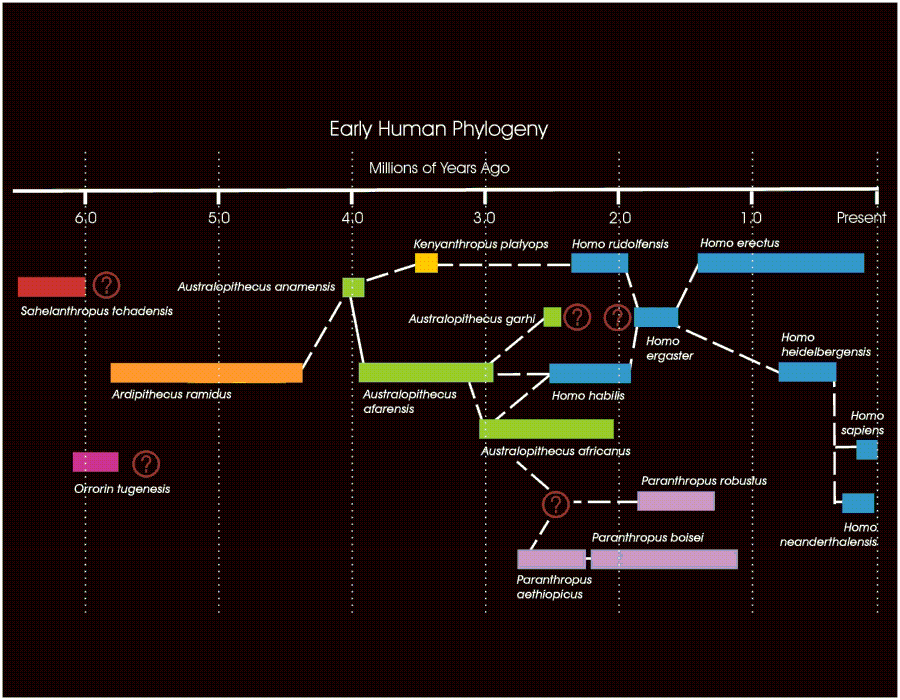Evidence of lipids on ceramic archaeological evidence from 7th millennium BC north-western Anatolia has been around for a while now, but up til now no-one has been entirely sure the use of the substance. Early Neolithic 6th millennium BC potsherds with straining holes have also been found in number in temperate Europe, but no-one could prove their useage as cheese strainers. But two days ago a paper published by Nature journal by a team from the University of Bristol made of Melanie Salque, Peter Bogucki and others has made claims for the earliest evidence of cheese production. How can they know it was cheese when no evidence of cheese can/has been found?
Simply, chemistry. By analysing the δ13C and ∆13C values in the organic residues on these strainer vessels it appears that the sheer abundance of milk fats is conclusive evidence for the process of cheese making in the separation of fat-rich milk from lactose-rich whey. This also explains why cheese is more readily digestible by lactose-intolerant stomachs than pure milk, as it contains less lactose. They hypothesize that dairy products in the form of cheese would therefore have been more popular among earlier farmers as it would preserve as well as being more tolerable to digest.
The analysis of Linear Pottery, some of which had been deemed 'cheese strainers' by Bogucki previously (1984), had also been debated as being flame covers, honey strainers of a part in the beer-making process. However, the team used gas-chromographic, spectrometric and the good ol' isotopic analysis methods on the organic remains of Linear potsherd remains from Kuyavia, Poland and compared the results with other types of pottery (coarse/ 'cookingware' potsherds from Ludwinowo from early, classic and late periods of Linear Pottery in Kuyavia (about 5,400 - 4,800 calibrated BC).
The results were pretty cool. About 40% of the sieve sherds contained lipid residue, similar to food processing vessels at other sites. But the cool thing is that triacylglycerides (I did Chemistry at A Level, so I'm secretly a bit of a science geek) and the products from their degradation were found in 90% of the animal fats showing a high preservation of residues, and this was different to the levels in the cooking pots, indicating a specialisation of vessel. That's the first evidence of vessel specialisation in the early Neolithic. Beeswax was also found in 3 sieves, which could have helped in waterproofing the ceramic, whilst making it kind of 'non-stick'. All this with the evidence of such ceramic holes perfect for cheese making? Sounds like cheese to me. Additionally, they say their data is concordant with lactase persistence in Europe too to boot. Here's a snippet from the article:
"The evidence for the specialized use of Linear Pottery sieves in association with milk is important for three main reasons:
(1) the typology of the sieves and the presence of dairy fats are consistent with milk processing, providing the earliest evidence of cheese making, which is notable because the manufacture of cheese increases the ease of handling of milk and allows the nutritional properties of milk to be
readily available through the year;
readily available through the year;
(2) the processing of milk to manufacture low-lactose-content cheese is consistent with the predicted low
level of lactase persistence in northern Europe in the early Neolithic, and
level of lactase persistence in northern Europe in the early Neolithic, and
(3) the evidence of milk use by the people of the Linear Pottery culture is consistent with the predicted increase in frequency of the 213,910*T allele associated with lactase persistence among prehistoric northern Europeans in this region." (Salque et al. 2012: 4)
Seems like cheese really can kick up a stink after all this time. You can read the full article here: http://www.nature.com/nature/journal/vaop/ncurrent/full/nature11698.html
































